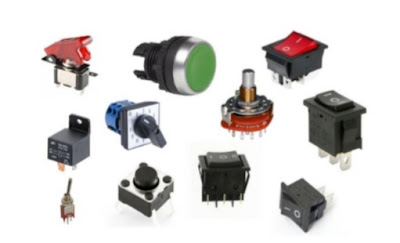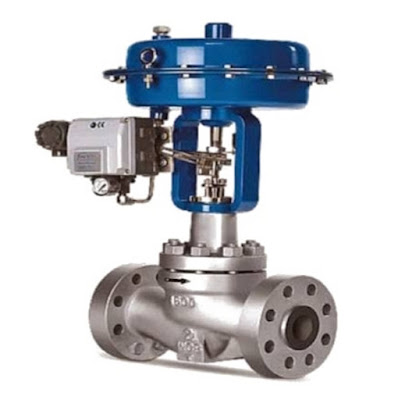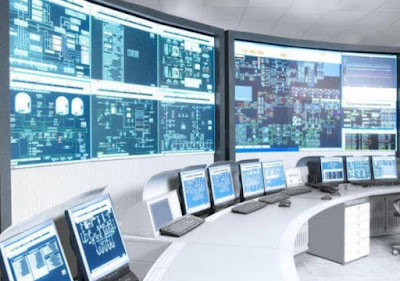Switches

Switches Instrumentation Switches used in measurement and control systems. The purpose of a switch is to turn on and off with varying process conditions. What is mean by Switch? An electromechanical device used to connect or disconnect a circuit is known as switch. Switch divide in two parts Pole Throw Pole - what the switch armature is connected to throw Throw - the closed position of the switch Basic Switch Function Open and close circuit:
Open (no connection)
Closed (connection) Switch Contacts:
Normally-open (NO)
Normally-closed (NC) Basic Switch Types Single Pole, Single Throw (SPST) Single Pole, Double Throw (SPDT) Double Pole, Single Throw (DPST) Double Pole, Double Throw (DPDT) Types of switches Toggle switch Push button Drum switch Limit switch Temperature switch Pressure switch Rocker Switch Level switch Flow switch Slide switch DIP switch Rotary switch Thumbwheel switch Selector switch






